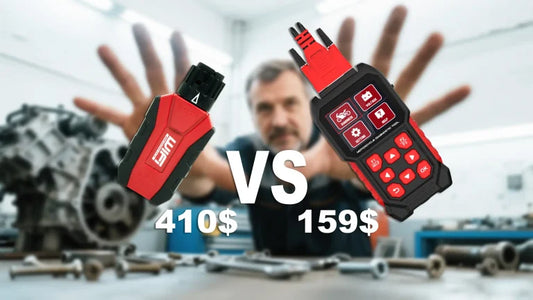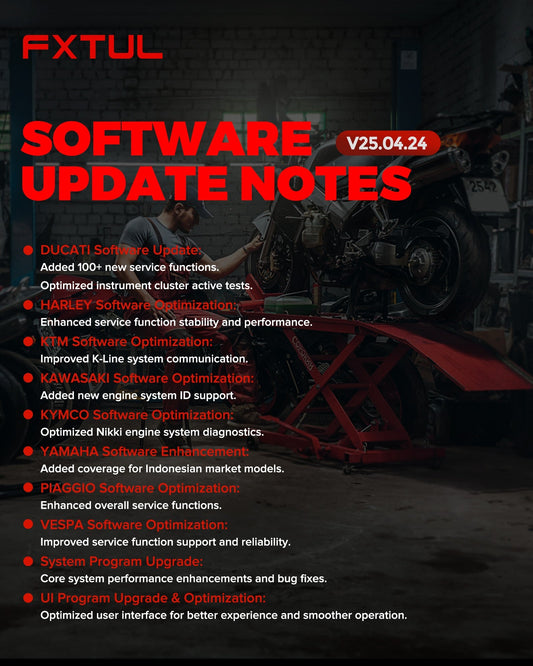Are you still debating whether to buy a carburetor motorcycle or a fuel-injected one? Strictly speaking, there are still many carburetor motorcycles available, but they are mostly second-hand. In order to comply with environmental protection laws, these models have become much less common on the market after 2018. Currently, motorcycles on the market have gone through four eras: two-stroke, four-stroke, carburetor, and fuel injection. Apart from fuel-injected motorcycles, all other models are closely related to carburetors.
What is a carburetor?
A carburetor is actually a type of fuel delivery system for internal combustion engines, and it has a wide range of applications on motorcycles. In the 1980s and 1990s, it was almost an essential component for motorcycles. This device is simple in structure, easy to maintain, reliable in performance, and cost-effective, making it very suitable for single-cylinder, commuter-style motorcycles.
However, with the continuous advancement of technology and increasingly stringent environmental policies, this device was eventually replaced by fuel injection systems. Therefore, motorcycles produced and sold today, whether single-cylinder or multi-cylinder, whether recreational or commuter models, have gradually reduced the use of carburetors.

Advantages and disadvantages of carburetors and fuel injection systems:
The biggest advantage of carburetor motorcycles is their low cost and ease of maintenance. However, some riders have reported that certain carbureted motorcycles offer better performance than fuel-injected models of the same engine displacement. While this is not a universal or common occurrence, there is theoretical support and practical evidence to back this claim.
Some models can only release the required power when enough fuel is supplied, while the fuel injection system, in order to achieve the best fuel efficiency, performs precise fuel control, which, to some extent, limits the power. Therefore, it is normal for certain models to exhibit this behavior. In simple terms, their internal combustion engines are just suited to a carburetor-based fuel delivery system.
However, its drawbacks are also very evident: severe high-altitude effects, difficulty starting, and higher fuel consumption are common issues. This phenomenon is especially noticeable in low-temperature, high-altitude areas.
Fuel-injected motorcycles almost resolve all the shortcomings of carbureted ones. Because they are precise, actively-controlled fuel delivery systems, they don’t waste a single drop of fuel, achieving better fuel efficiency. Additionally, due to this precise fuel delivery, they don’t suffer from starting difficulties or severe high-altitude effects, even in low-temperature or high-altitude areas.
Besides, the fuel injection system also offers more potential for innovation. Features like electronic throttles, cruise control, and traction control all stem from this system. These functions are currently not achievable with carburetors.
However, the fuel injection system, due to its complex structure, numerous sensors and actuators, and reliance on a large amount of raw code for data support, makes maintenance quite troublesome. Without specialized equipment and relevant skills, it’s almost impossible to work on it.

Most importantly, if the system calibration is not properly matched, it can easily lead to instability in operation, with higher failure rates. This may result in issues like reduced power, increased fuel consumption, unstable idle, lack of climbing power, stalling during operation, and so on.
Based on this, some riders who opted for unreliable fuel-injected motorcycles may begin to long for the stability and performance of carbureted motorcycles, thinking that carburetors are the real quality choice, while fuel injection systems are useless.
In reality, motorcycle fuel injection technology has become very mature. For mainstream models from leading brands, fuel-injected motorcycles have a low failure rate, and their performance is clearly superior to that of carbureted models. Moreover, with the improvement of repair technicians' skills and the widespread use of specialized equipment, maintaining and servicing fuel-injected motorcycles has become much less challenging.






